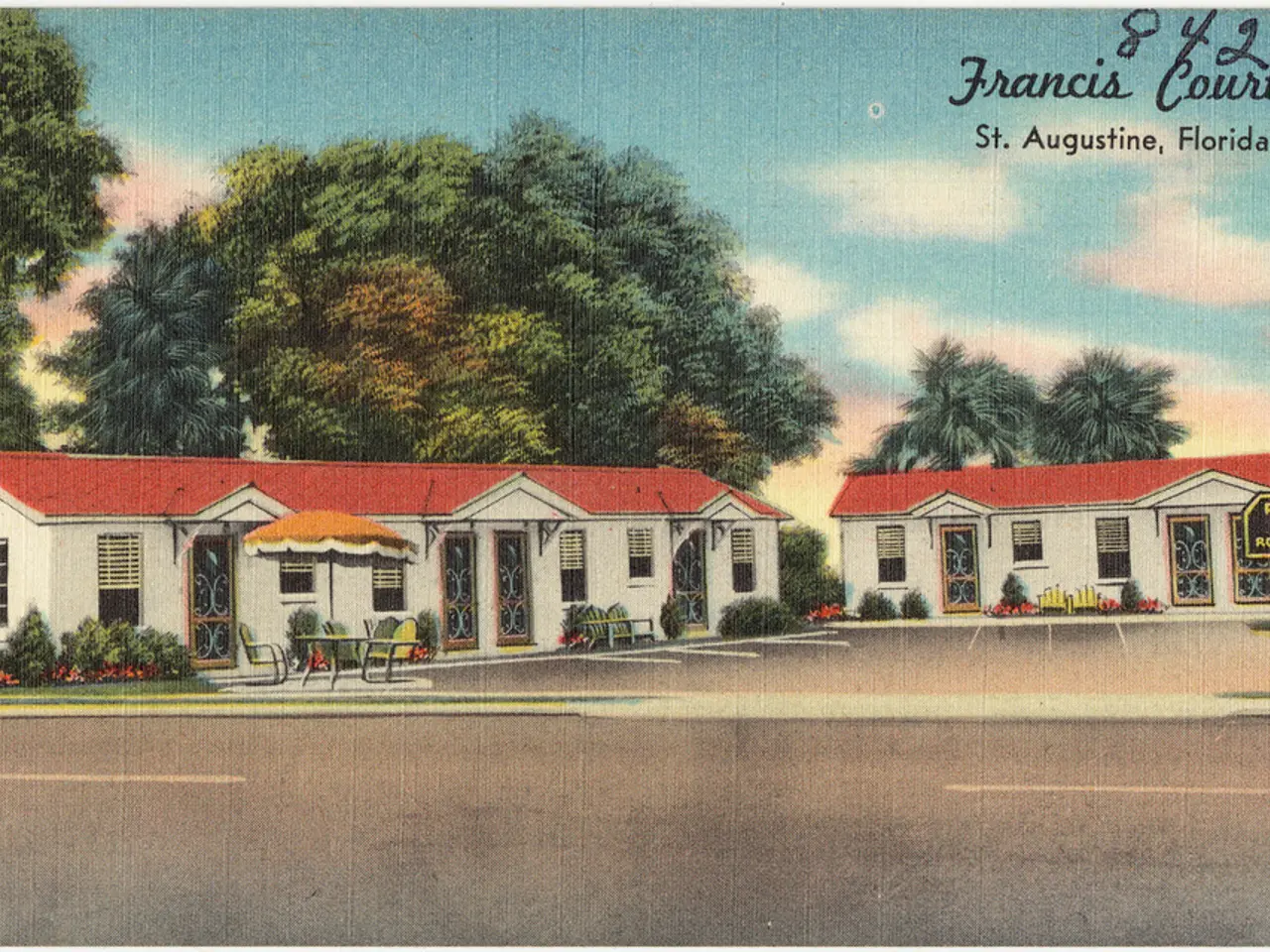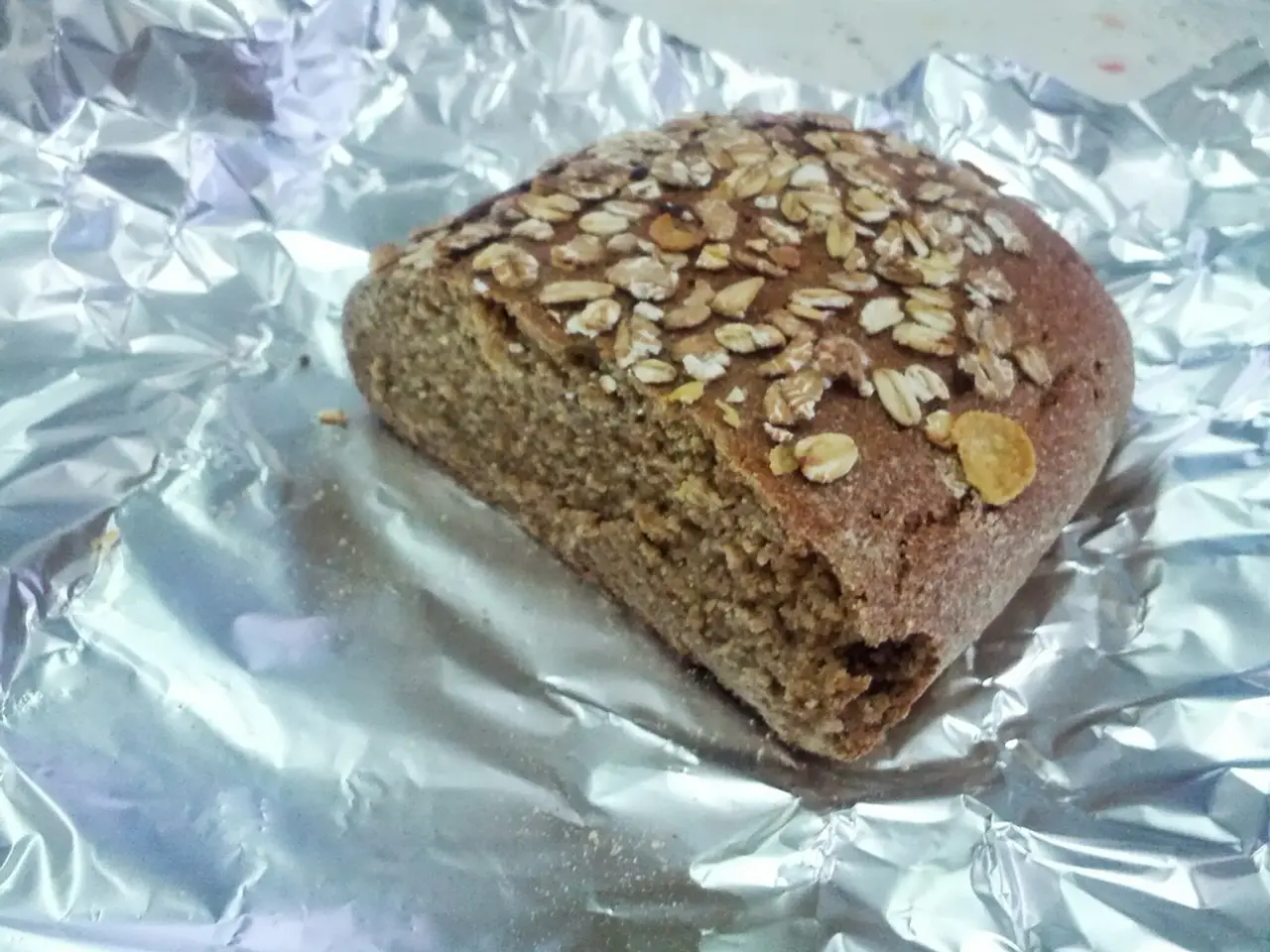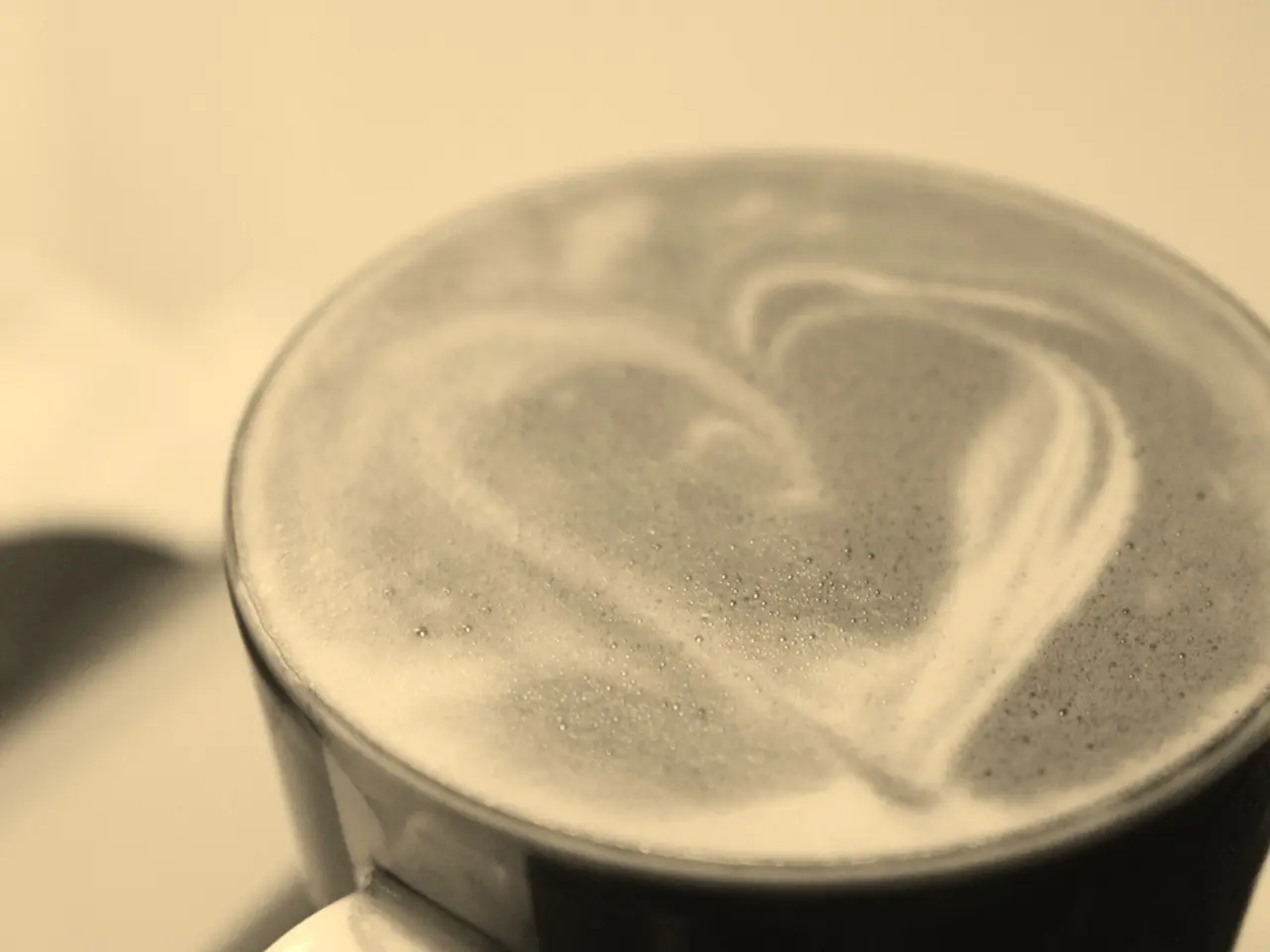Remained dormant in the attic for numerous years.
In the quaint town of Altenau, nestled within the picturesque Harz region of Germany, a remarkable discovery has been made. During spring cleaning in an attic, 23 printing blocks with woodcuts by Karl Reinecke, a locally renowned artist, were unearthed. These original pieces, rare today, offer a captivating glimpse into the region's rich cultural history and the life of a celebrated figure in the printing and graphic arts world.
Karl Reinecke, a known figure in the printing and graphic arts world, created these blocks, providing tangible artifacts of historical printing techniques used in the Harz region. They offer valuable insight into local craftsmanship, artistic styles, and printing technology from Reinecke's era.
Altenau and the broader Harz region have long been associated with mining, forestry, and folk culture. The discovery of these printing blocks linked to Reinecke enriches our understanding of cultural production in a community that is often celebrated for other trades. This discovery adds depth to the narrative of Altenau’s cultural history.
The blocks themselves are artworks, showcasing the visual design sensibilities of their time. Their study can inform historians, artists, and educators about early printing aesthetics and techniques, making them valuable for exhibitions, educational programs, and further research.
Moreover, the works discovered include rarer representations such as a North German net mender and a suspected portrait of the so-called Harz flier Walter Spengler. The prints also have thematic connections to the time, including greeting motifs from the late 1920s and early 1930s that symbolize a turbulent period. Despite their age, the printing blocks are in very good condition.
The discovery of these printing blocks has surpassed all expectations and has sparked speculation about what else might be hidden in attics across the region. Dr. Kai Gurski, a Reinecke expert, has explained the significance of the works and the prints' thematic connections to the time.
The found pieces are considered a real treasure, and their potential revival of traditional techniques could inspire contemporary artists and printers to experiment with historical printing processes, thereby keeping traditional craftsmanship alive in a modern context. The printing blocks, discovered undiscovered for decades, are considered genuine rarities.
The motifs on the printing blocks are clearly recognizable, and the Goslarsche Zeitung reported that the lightning bolts in some of the greeting motifs symbolize a turbulent time. The printing blocks have been handed over to the Heimatstube Altenau-Schulenberg for proper storage, ensuring their preservation for future generations to appreciate and learn from.
In conclusion, the Karl Reinecke printing blocks are an important cultural find that connects regional history, artistic heritage, and educational opportunities, highlighting Altenau’s role in the broader story of printing and graphic arts in the Harz region. A trip to one's own attic could potentially reveal more forgotten art pieces slumbering there, emphasizing the importance of preserving our cultural heritage.
these blocks, a testament to Reinecke's contribution in home-and-garden-like attic, offer a valuable insight into lifestyle aesthetics of the printing and graphic arts world in the Harz region during Karl Reinecke's era.
The discovery of the Karl Reinecke printing blocks serves not only as a significant cultural find but also as a potential inspiration for contemporary artists and printers, rejuvenating traditional techniques in a modern home-and-garden of craftsmanship.




